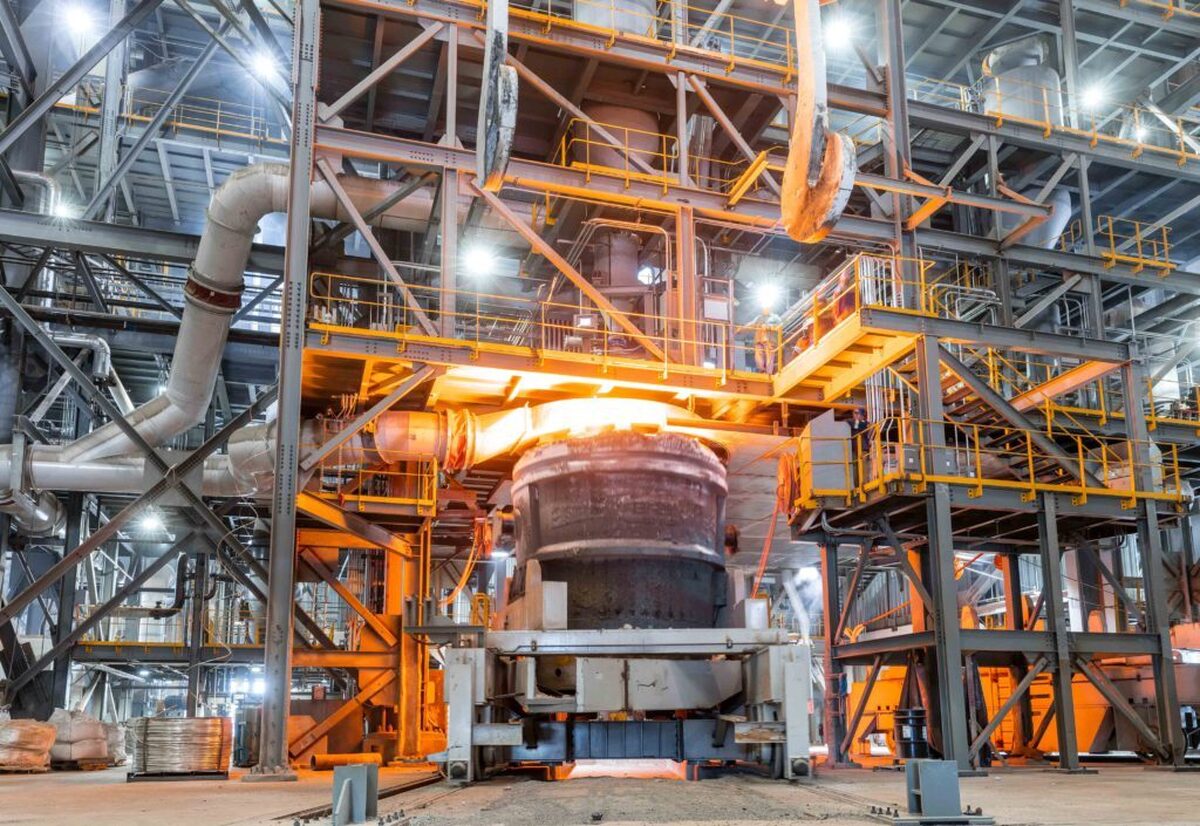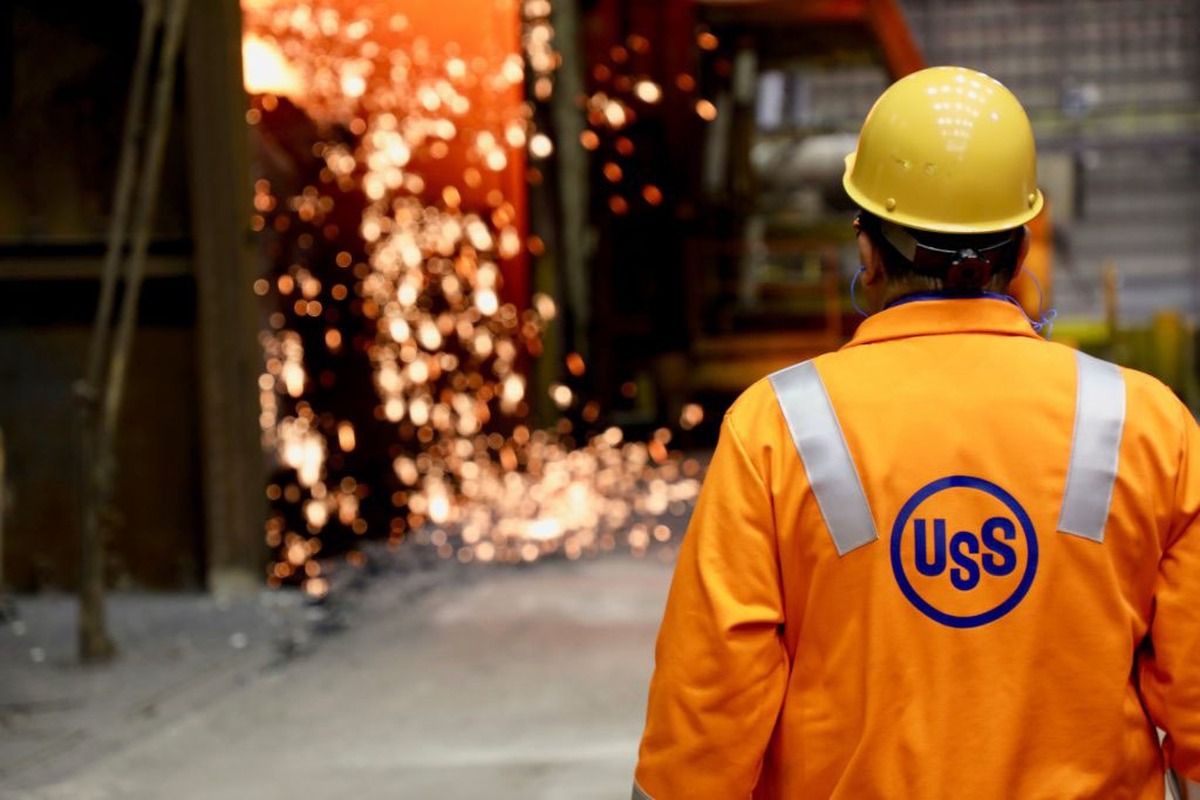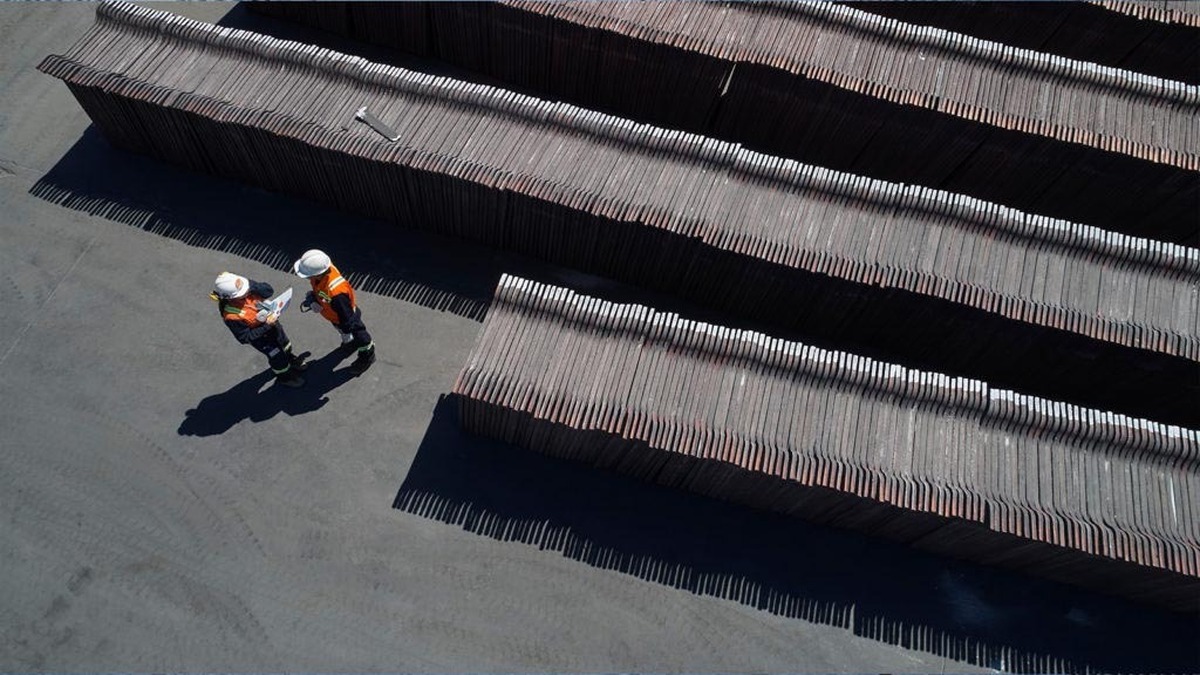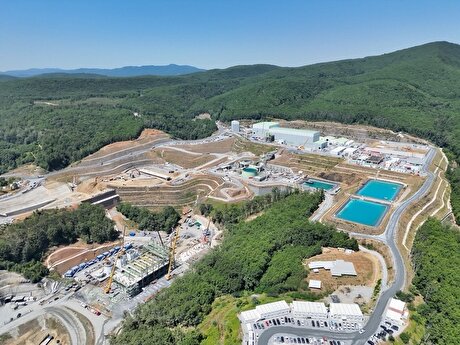
ESG issues limit US coal industry’s resistance to pandemic – report
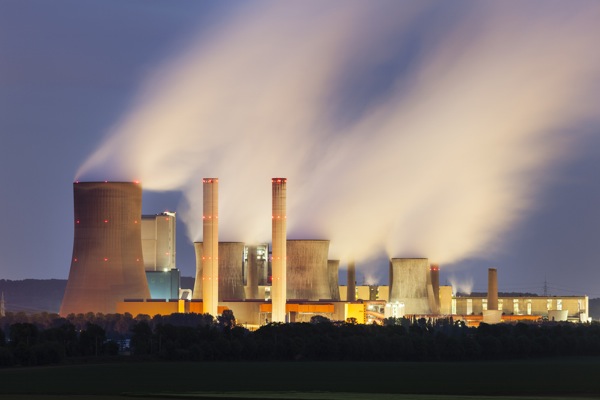
The outlook for coal-fired power plants in the US has darkened over the past few months, Moody’s said, particularly for coal plants in the Mid- Atlantic and the industrial Midwest. These coal plants have been economically challenged for the past few years, generating minimal to negative cash flows. The developments in the past few months have conspired to push them into an even more perilous position, Moody’s asserted.
Meanwhile, environmental, social and governance-related (ESG) issues with respect to the coal industry have eroded access to capital for US coal companies, Moody’s noted. Equity and debt trading levels for coal companies have worsened substantially from a trifecta of factors. Moody’s highlighted a weakening export market in the second half of 2019, multiple announcements that major investors would divest coal-related holdings, and the broader weakening that occurred with the global spread of the coronavirus in March 2020.
A few of the stronger coal companies have obtained new financing in 2020, including equipment financing for Arch Coal, which Moody’s believes remains widely available, and a new revolving credit facility for Alliance. But in general the industry’s access to capital remains tight, and the coronavirus outbreak adds to the uncertainty.
Prospective government assistance for the coal industry remains highly uncertain, though the National Mining Association has reportedly requested relief for the coal industry.
Powder River Basin struggles
Coal companies have also struggled with recent adverse political developments, including a revised approach to black-lung liabilities that would require them to post more collateral during a weakening market environment, and a recent US Federal Trade Commission ruling against Arch and Peabody’s joint venture in the Powder River Basin that would have helped these compete against alternative fuels.
Export thermal markets will continue to fall in 2020, Moody’s said, rather than helping rescue domestic thermal coal producers from weakening domestic demand like in 2017 and 2018.
While some producers still have contracts established during stronger market conditions, and cash costs vary significantly for each mining operation, coal pricing in Europe will not support a continuation of US exports at 2019 levels
While some producers still have contracts established during stronger market conditions, and cash costs vary significantly for each mining operation, coal pricing in Europe will not support a continuation of US exports at 2019 levels, which were themselves down 20% from 2018 levels.
Falling export volumes contributed to Foresight Energy’s recent bankruptcy filing and will limit export opportunities for other rated producers over the next few quarters, Moody’s noted. Some domestic producers guided toward lower export volumes during their fourth-quarter 2019 earnings calls. Some producers have partial offsets, such as Peabody Energy’s (Ba3 negative) seaborne operations in Australia, and CONSOL’s efforts to develop export markets in India.
While thermal coal prices continue to decline, demand for metallurgical (met) coal used in steelmaking remains uncertain – with clear downside risk.
Declining Europe demand
The US exports most of the met coal it produces, especially to European steelmakers. Met coal prices have held up better than most commodities in 2020, which Moody’s believes reflects a combination of weather-related issues in Australia and anticipation of a major stimulus program in China.
Moody’s said demand in Europe has softened (particularly with the auto-related shutdowns) and, to the extent that US steel producers idle capacity at blast furnaces on declining end market demand, met coal producers serving the US market would be hurt. US met coal producers have very different costs and levels of business diversification.
Warrior Met Coal (B2 positive), which produces benchmark-quality met coal from two longwall mines in Alabama, will remain durable amid unfavorable pricing, Moody’s predicted, while Contura Energy (B3 negative), which operates smaller mines with higher cash costs, is the most exposed to met coal pricing, and will burn through its cash in 2020, Moody’s asserted.
About three-quarters of rated US coal companies have negative outlooks today
Arch Coal (Ba3 stable) will also spend much of its cash to help fund the development of the Leer South high-vol A mine in 2020, but Arch also has significant cash reserves and very little net debt. Some unrated producers have idled met coal mines within the past few weeks.
About three-quarters of rated US coal companies have negative outlooks today – indicating weakly-positioned ratings. Moody’s took negative actions on more than three-quarters of the sector between mid-February and mid-March 2020, based on expectations for weak industry conditions in 2020 and a decline in industry-level EBITDA by at least one-third in 2020.
While the coal industry generated significant free cash flow in 2017 and 2018, credit quality did not improve meaningfully because producers returned much of that cash to shareholders through dividends, special dividends, and share repurchases.
Moody’s will monitor closely the anticipated supply/demand balances for the various grades of coal and within key coal-producing regions to determine our view of prospective cash flow generation, which will be overlaid against the sufficiency of rated producers’ liquidity arrangements.
It will also consider any prospective government aid, though Moody’s sees that scenario as less likely today.

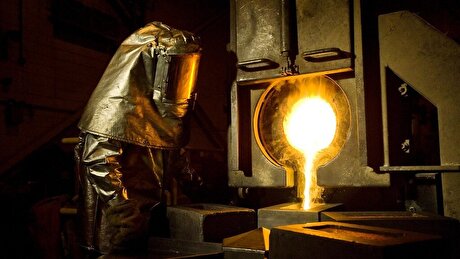
Newmont nets $100M payment related Akyem mine sale

First Quantum scores $1B streaming deal with Royal Gold

Caterpillar sees US tariff hit of up to $1.5 billion this year

Gold price rebounds nearly 2% on US payrolls data

Copper price collapses by 20% as US excludes refined metal from tariffs

St Augustine PFS confirms ‘world-class’ potential of Kingking project with $4.2B value

B2Gold gets Mali nod to start underground mining at Fekola

Goldman told clients to go long copper a day before price plunge

Copper price posts second weekly drop after Trump’s tariff surprise

Codelco seeks restart at Chilean copper mine after collapse

US slaps tariffs on 1-kg, 100-oz gold bars: Financial Times
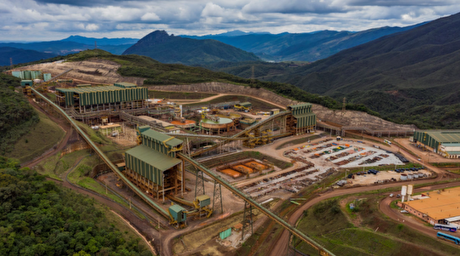
BHP, Vale offer $1.4 billion settlement in UK lawsuit over Brazil dam disaster, FT reports
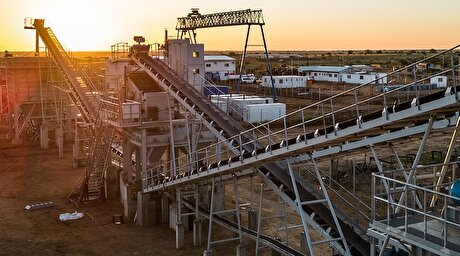
NextSource soars on Mitsubishi Chemical offtake deal

Copper price slips as unwinding of tariff trade boosts LME stockpiles

SAIL Bhilai Steel relies on Danieli proprietary technology to expand plate mill portfolio to higher steel grades

Alba Discloses its Financial Results for the Second Quarter and H1 of 2025
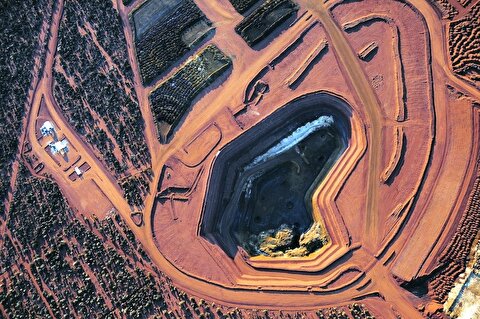
Australia weighs price floor for critical minerals, boosting rare earth miners

Australia pledges $87M to rescue Trafigura’s Nyrstar smelters in critical minerals push

Fresnillo lifts gold forecast on strong first-half surge

US slaps tariffs on 1-kg, 100-oz gold bars: Financial Times

BHP, Vale offer $1.4 billion settlement in UK lawsuit over Brazil dam disaster, FT reports

NextSource soars on Mitsubishi Chemical offtake deal

Copper price slips as unwinding of tariff trade boosts LME stockpiles

SAIL Bhilai Steel relies on Danieli proprietary technology to expand plate mill portfolio to higher steel grades

Alba Discloses its Financial Results for the Second Quarter and H1 of 2025

Australia weighs price floor for critical minerals, boosting rare earth miners

Australia pledges $87M to rescue Trafigura’s Nyrstar smelters in critical minerals push

Fresnillo lifts gold forecast on strong first-half surge

